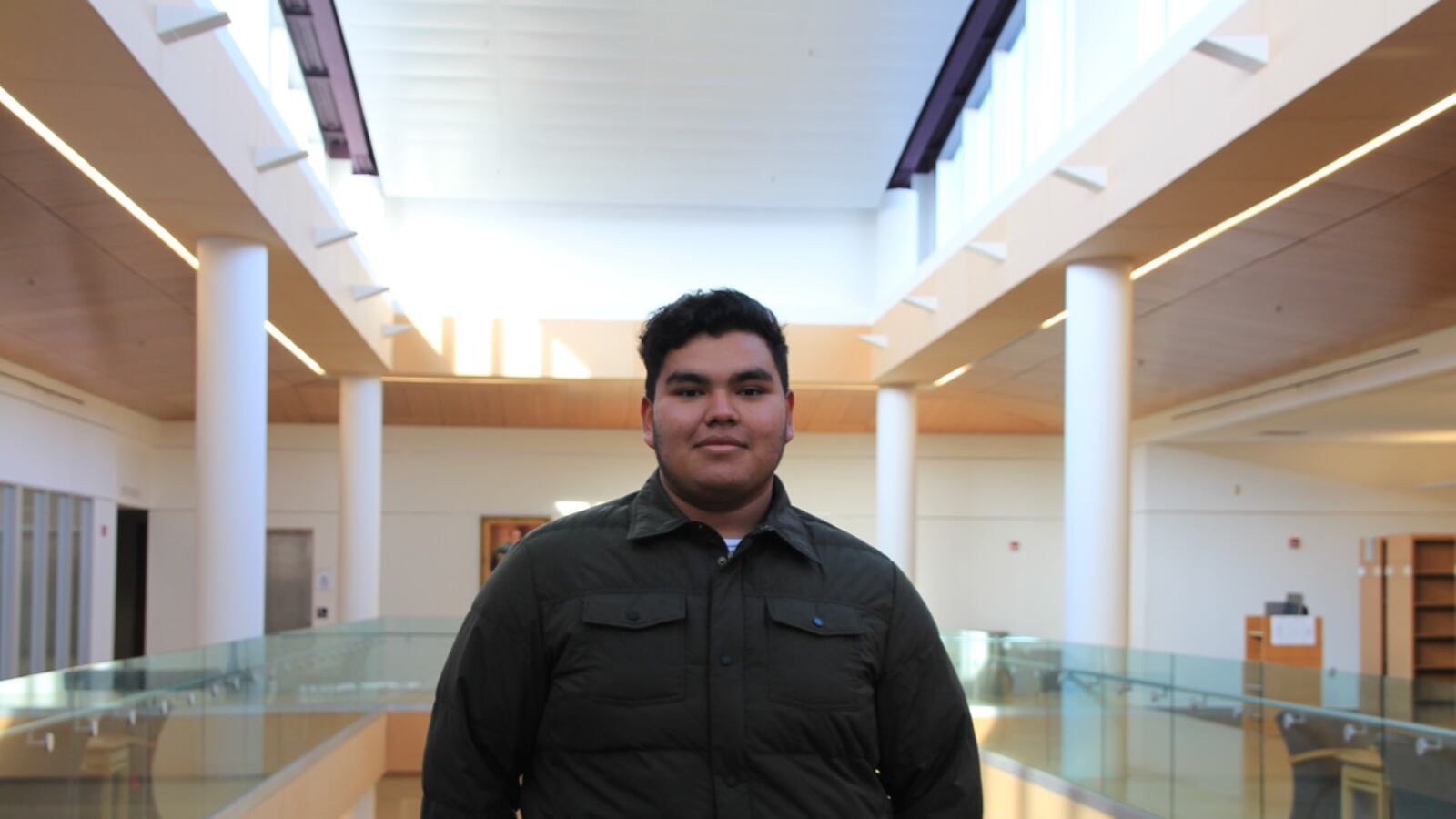Josue Flores credits Tennessee’s free community college program for allowing him to continue his education after graduating from Cordova High School last spring, only three years after immigrating to the United States.
But it wasn’t just the money. The state doesn’t actually pay for Flores’ education because federal grants cover his tuition at Southwest Community College in Memphis.
More important has been the straightforward “promise” of the Tennessee Promise scholarship. The program guarantees that Flores can go to college for two years for free if he follows a simple step-by-step checklist.
High-achieving students across income levels still overwhelmingly opt to attend four-year programs. But state education officials and school counselors say Tennessee Promise has energized the conversation around college for many other students.
“Once they hear ‘free,’ they perk up,” says Ellen Houston, a counselor at Nashville’s Glencliff High School. “There are definitely kids who wouldn’t have continued their education (without it).”
Before Tennessee Promise, free college initiatives existed on a much smaller scale, and were typically privately funded. In Tennessee, the seed was planted by a program called Knox Achieves, started in 2008 when Gov. Bill Haslam was mayor of Knoxville. That attracted more philanthropic funding and morphed into tnAchieves, which served students across the state.
Tennessee Promise launched in 2014 and is still too young for conclusive academic studies. But it’s the first statewide program of its kind and already is viewed as an exemplar as more states, recently including New York, move to increase college access. Research on Michigan’s Kalamazoo Promise, the nation’s oldest free college program, suggests that the promise of free higher education positively changes the culture in high schools.
Unlike the Kalamazoo program, Tennessee Promise only applies to community and technical colleges. It’s a “last dollar” scholarship, meaning that it covers only what federal aid does not, using revenue from the state’s lottery. Of more than 16,000 Tennessee Promise students who graduated last year from high school, 53 percent, including Flores, qualified for Pell grants, which are worth up to $5,082 each year.
There’s no grade cutoff, and the requirements are fairly straightforward. Students must be documented residents of Tennessee. They must meet clear deadlines for attending informational meetings, filling out the federal aid form called the FAFSA, and completing eight hours of community service each year.
The program’s simplicity made it a perfect fit for Flores. When he moved to the United States from El Salvador three years ago, his sole focus was to learn English. Then he started to look at college. But finding a way to pay for it was daunting.
“I started to look for scholarships, and the system was completely different (from El Salvador),” he recalls.
He heard about Tennessee Promise from his classmates. He liked the structure of the scholarship program — and the guarantee of an award if he jumped through all the hoops. “It was a blessing,” he said. “There were definite steps to take so I could definitely get it. This was for sure.”
Because a FAFSA application is required for Tennessee Promise, students who previously might not have known or bothered to complete one are getting it done. That, along with Tennessee’s Hope Scholarship, a last-dollar grant with a GPA requirement, have made Tennessee the No. 1 state in FAFSA completion for two years running.
“Before it was, ‘Hey, fill out this horrible form called the FAFSA. You might get to school for free. Now we can say, if you follow these guidelines, you will get to go for free,” says Mike Krause, executive director of the Tennessee Higher Education Commission.
From the beginning, architects of Tennessee Promise knew that messaging would be almost as important as the actual money, according to Krause, who spearheaded the program as part of Haslam’s Drive to 55 college-going initiative.
So far, Krause and other state leaders consider Tennessee Promise a success. The state’s college-going rate among recent high school graduates has jumped 4.6 percentage points since 2014, to 62.5 percent, and retention rates at community colleges have increased, suggesting that students who start college with the program stick with it.
The true test will be if students like Flores are able to get the kinds of good-paying jobs they want.
Flores, for one, is optimistic. He just started his second semester at Southwest and has set his eyes toward obtaining a nursing degree at the University of Memphis. That would get him one step closer to his childhood dream of working in the medical field.
“Nothing is impossible,” he says, “but without (Tennessee Promise) it would have been a lot tougher.”

